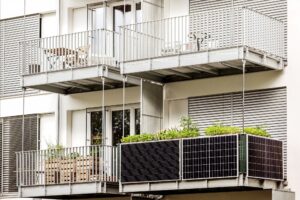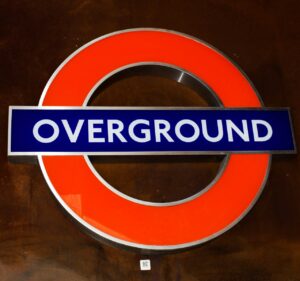The first Covid-19 lockdown had less impact on urban air quality than previously thought, according to a study led published in the journal Science Advances.
In order to analyse air pollution data, researchers from the University of Birmingham used machine learning to strip out weather impacts and seasonal trends from the air quality data and then they analysed site-specific hourly concentrations of pollution from December 2015 – May 2020.
The researchers focused on changes in NO2, ozone and particulate matter (PM2.5) pollution in 11 global cities: Beijing, Wuhan, Rome, Madrid, London, Paris, Berlin, New York, Los Angeles and Delhi.
They discovered that after developing new corrections for the impact of weather and seasonal trends, the beneficial reductions in nitrogen oxide (NO2) due to lockdown was smaller than expected.
The research did also reveal that concentrations of PM2.5 decreased in all cities, except London and Paris.
Lead-author of the study, Zongbo Shi, Professor of Atmospheric Biogeochemistry at the University of Birmingham, said: ‘Rapid, unprecedented reduction in economic activity provided a unique opportunity to study the impact of interventions on air quality. Emission changes associated with the early lockdown restrictions led to abrupt changes in air pollutant levels but their impacts on air quality were more complex than we thought, and smaller than we expected.
‘Weather changes can mask changes in emissions on air quality. Importantly, our study has provided a new framework for assessing air pollution interventions, by separating the effects of weather and season from the effects of emission changes.’
William Bloss, co-author of the study, added: ‘We found increases in ozone levels due to lockdown in all the cities studied. This is what we expect from the air chemistry, but this will counteract at least some of the health benefit from NO2 reductions.
‘The changes in PM2.5 differ from city to city. Future mitigation measures require a systematic air pollution control approach towards NO2, O3 and PM2.5 which is tailored for specific cities, to maximize the overall benefits of air quality changes to human health.’
Photo Credit – Pixabay

















Some of the PM2.5 pollution is caused when smaller particulates that are by products of the VOC, NOx, etc coagulate into larger particles.
Last fall at the Atmospheric Chemical Mechanism’s conference held at University California Davis, (virtually), numerous presenters noted that when looking at Ozone and PM generation – you need to consider which chemistry mechanism (NOx or VOC) is constrained and limited. If the production of Ozone was previously dependent on NOx – it may not change as much – because while consumers stayed home – the freight transport was still ongoing. In some cases VOC could help moderate the production of Ozone – under the ideal conditions. The study at University of Birmingham may have identified cities that have specific chemical mechanism constraints.
Something I was very aware of during the first lockdown was the increased smell of wood-burner smoke in my town. A lot of people seemed to spend the lockdown indoors with their wood-burner going all day. I was surprised that so many people were noticing a reduction in air pollution, as the air local to me was definitely more polluted with smoke.
In Sheffield, if you discount bonfire week, we had our worst air quality in the first week of the first lockdown. I can’t say what was the cause for certain but we had a lot of allotment fires that week. I think that people couldn’t do anything else or go anywhere and headed to their allotments.